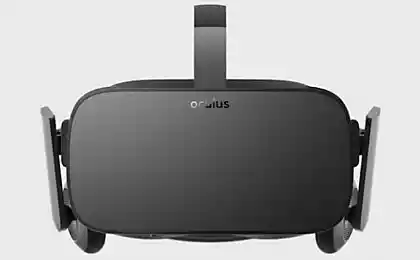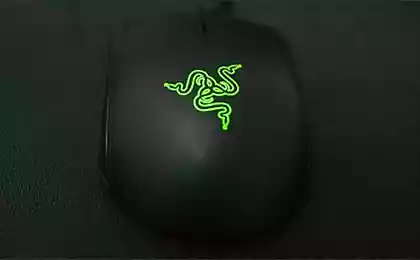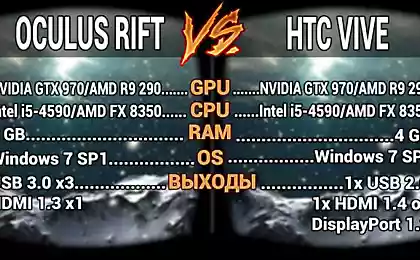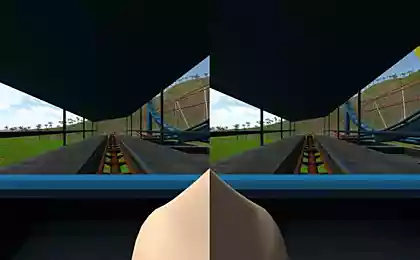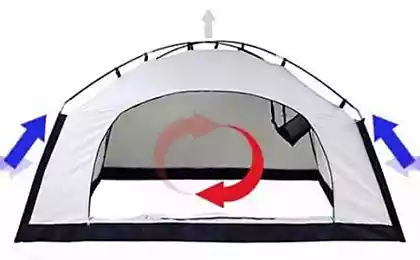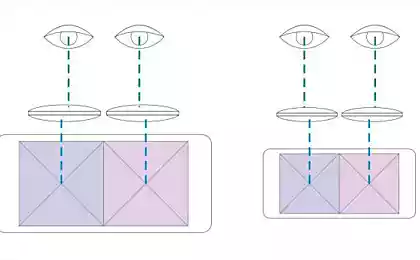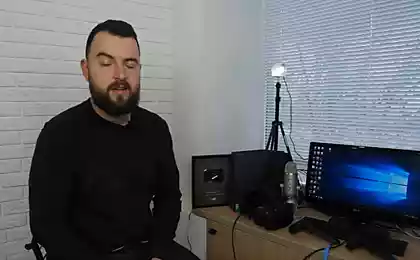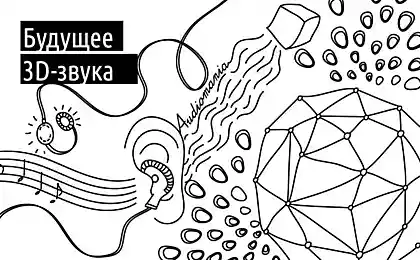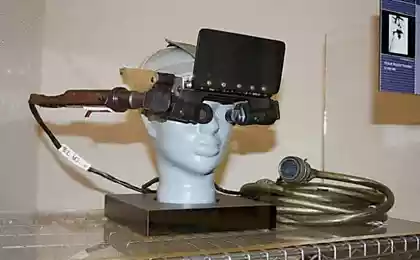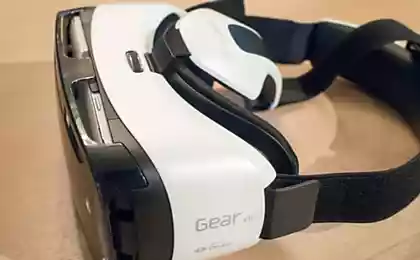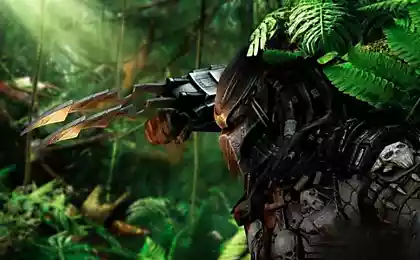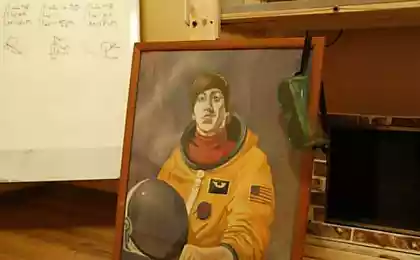2217
Quest in reality with the Oculus Rift
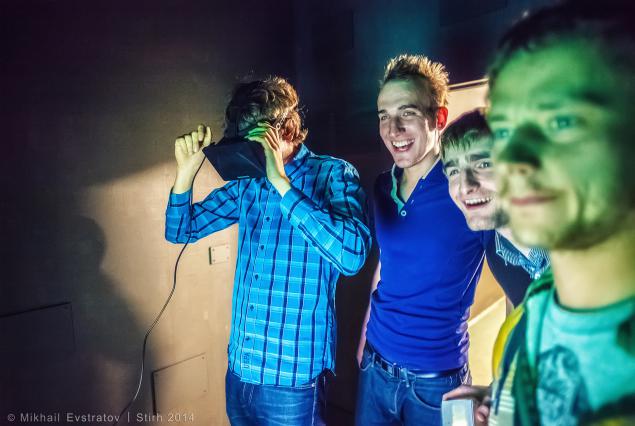
Hi, we are tomorrow запускаем quest in reality (I already wrote of escape-rooms) with the participation of Oculus Rift and want to tell you how it is - to develop the game for the virtual Reality - what we had to sacrifice what happened here and how virtuality is related to reality.
For those who missed the previous series, escape-room - a game in which you and your friends are locked in a real room with real objects. You are looking for clues, clues, solve puzzles and try to get out in 60 minutes. All present.
Our quest is called "Cyberpunk" and does not use VR we could not. (No spoilers below.)

An excellent example of "virtual interface" for us was the movie Iron Man, where the hero deftly managed using all sorts of hands holographic pieces. Similar to the interface, we would like to implement, but in the end everything turned out a little differently.
The main issue was originally a way to interact with virtual reality. The helmet provides tracking only turns heads, press or to move in the space they can not. The only method of exposure by using a helmet - "long view on the subject, and then something happens." This way, we left for emergencies and went to explore the more advanced options.
Now a popular way to control a VR device Razer Hydra. It consists of two joysticks and base completely tracks the position of the hands in space, plus a button on the joystick. With Hydra you can move your hands, take and move objects in VR. However, we abandoned it because of unnecessary complexity - on the joysticks a lot of buttons, you will not write the same instruction, which controls what. In addition, the structure itself contains many thin wires and generally quite tender, vandal resistance is minimal.

Another, more attractive option - the use of the sensor Microsoft Kinect. This is a camera that takes not only the image but also the "depth map", that is possible to reconstruct a three-dimensional space. Kinect is also able to reconstruct the motion of the human skeleton, analyzing the 3D image, but it works very badly, all trembling and buggy. We were interested in just the raw depth data.
If you embed a sensor on the wall in the right place, the player can see their virtual body and a small area around them, without wires and completely vandal. Sensor resolution is not great, but to paint the world as a "point cloud" gives a cool effect of cyberspace.

In the end we managed to integrate Kinect into the game. The player could see his hands and body, pushing virtual buttons, and scroll gestures and zumit similar touch interface, almost like Tony Stark. However opened troublesome problem - everything to work properly, the player must sit in a certain place strictly. Otherwise, if it moves forward, what would come out of your virtual body, see his back and head, and can not manage anything. To solve this problem, it is necessary to accurately track player position of the head in space. This feature will be implemented cleanly in the second version of the helmet Oculus RIft, and in the first position tracking no, only rotations. We could do this yourself tracking (eg, stick on helmet LEDs and analyze their situation with the camera), but time is running out, and in the end - alas! - Decided to abandon the use of Kinect.
We got by just tracking the rotation of the head. Time was already quite a bit, had to implement the interface "look at something for a long time, and it is activated", so they did.
About the scenario quest - the keynote was the virtual reality has been associated with. Do without spoilers here is difficult, but I'll just say that putting a helmet, a person sees a copy of the room in which it is located. But something still different ...
Testers say that demolish the tower decently, but the developer is sure that it is possible to 8 times better. The following quests will use more advanced sensors. Already have an idea on this. In addition, the world has developed costumes for full body tracking VR, and will soon begin sending Oculus Rift 2, in general the most optimistic prospects.
Well, of course, we will keep a diary of development Habré.
What happened in the current version - you can оценить personally (St. Petersburg).

Source: habrahabr.ru/post/221517/
Samsung launches solid state storage technology 3 bits per cell
Tinitell: phone-bracelet with GPS for young children
